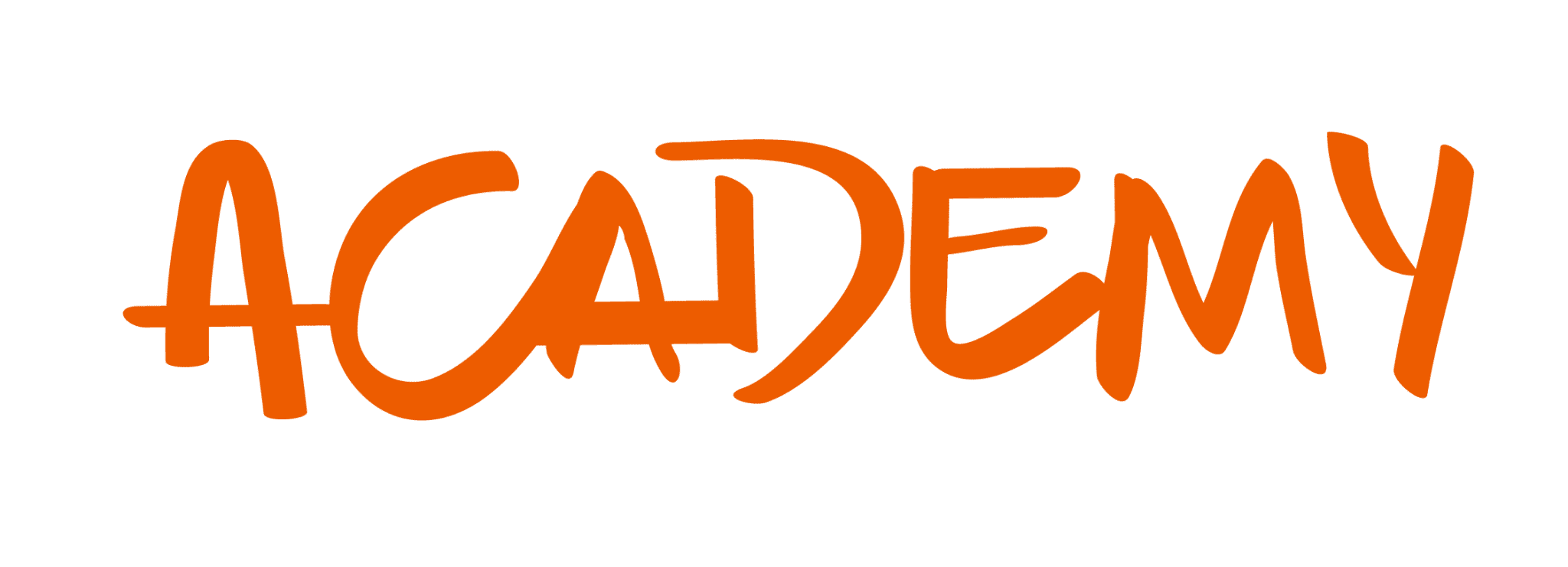Here’s a conundrum many workers, particularly consultants, freelancers, and independent contractors, face: should you charge by the hour or by the project?
It’s also a dilemma business, especially those that work with clients regularly, deal with. There is a lot to consider, and there’s not necessarily one right answer.
That said, many organizations are moving from charging hourly rates to a by-the-project model, and in the process, they are discovering a number of advantages. From a project manager’s perspective, this comes with plenty of benefits — although there are still some cases in which an hourly model is preferable.
Billable Hours vs. Hourly Worker Rates
Billable hours refer to the specific hours a business spends on a project for which they are able to charge their clients. At the beginning of the project, the client and business representative — usually the project manager — will come to an agreement about the rate at which the organization will charge the client and offer an estimate of how many hours in total the project will take.
Meanwhile, hourly worker rates refer to the amount employees or contractors are paid for their services by the unit of time. This is in contrast to a salary; salaried employees are paid an annual figure.
What Is a Time Tracking System?
A time tracking system is software businesses use to keep track of time employees are spending on their given activities. Organizations use them for both hourly employees or contractors and billable hour-tracking.
If you do use an hourly system, time tracking software offers plenty of advantages. For example, it will allow you to assess how long individual activities are taking and whether they are cost-effective. It will also enable you to consider whether there are certain bottlenecks in your operations.
Why Shouldn’t You Bill or Charge by the Hour?
While billing by the hour may seem like the most organized and logical way of cataloguing and charging for your work, there are some notable disadvantages.
Your employees may feel micromanaged.
When employees are required to track every hour and activity, they are bound to feel like there is too much oversight. This can hinder their performance — not to mention affect their morale. Nobody likes being micromanaged, after all.
You may be “punished” for working quickly and productively.
When you complete your tasks and responsibilities efficiently, you’ll actually lose money for your efforts if you’re billing or charging by the hour. Meanwhile, when you charge by the project, you can better assess the value of your work and bill accordingly.
Time tracking can be a hassle.
Keeping track of time is a job in and of itself. Your employees can easily forget to track their hours, and it’s a huge hassle to complete timesheets or otherwise use time-tracking systems regularly.
It’s more difficult to predict revenue and profits.
When you budget your project by the total cost, you will be able to predict the revenue you’ll earn from completing it. Meanwhile, if you are billing by the hour, it will be more difficult to estimate the total revenue you will earn from the total initiative.
There could potentially be more surprises down the road.
For both you and your client, there are fewer surprises when you map out the projected trajectory from the beginning. But if you’re billing at an hourly rate, you won’t have as clear a plan of what you’re accomplishing in terms of the bigger picture.
How to Bill Without Tracking Hours
If you don’t charge your clients by the hour, then, how do you create a satisfactory estimate for billing purposes? In other words, how do you estimate the total cost of the project?
There are many factors at play, of course. They include:
• The budget for the entire project
• The team members necessary to complete the job
• The resources it will take to finish the project
If you’re a well-established business or have considerable experience in the sector, you can use your previous projects as a pricing model. If you’re newer to the game, do some research into industry standards to create an estimate that accounts for the value of the project.
And even if you’re not using time-tracking software, there are still tools to help you measure the value and success of the project. Consider, for example, project management software. This will allow you to catalogue activities, breaking the overall plan down into benchmarks, milestones, and units to ultimately better understand what the project entails and the extent of the labour involved.
Under What Circumstances Is It Better to Charge by the Hour?
That said, there are still some circumstances under which it’s probably better to bill by the hour — and in these cases, time software is your friend.
Examples include:
• You’re working with a particular demand client, and there is a risk of scope creep or extensive overtime.
• The project will require multiple revisions, drafts, or prototypes.
• You’re working on an especially complex project, and it’s difficult to estimate how long it will take and the amount of work that will be involved.
• The client is apprehensive about committing to a flat rate and would be more comfortable with an hourly rate.
• You’re working with ongoing efforts, rather than a distinct project with a clear start and finish date.
So, Should You Bill By the Hour?
Many businesses and organizations, as well as contractors and freelancers, find that a bill-by-the-project model is better suited to their needs. But that’s not always the case for every business or every project.
Ultimately, the decision is yours. The pricing model you use depends on numerous factors, such as the nature of your industry, the types of projects you engage in, the client’s preferences, the specifics of the job, and many others. As your organization evolves, you will certainly find the model and tools that make the most sense for you.
















